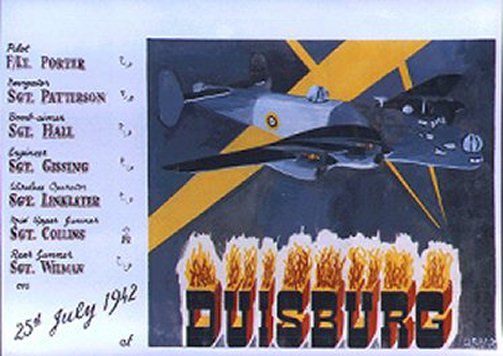

Below is the recollection of what daily life was like within Lamsdorf Stalag XIII B. The camp was one of the largest and held many POWs during the war. While POWs were issued items like blankets and utensils, it was far from a luxury stay in hotels in North Myrtle Beach SC.
When we
arrived at Lamsdorf we were marched about three kms. to Stalag XIII B. The
British POWs from Dunkirk and France had been here since 1940 and another large
influx was from Greece and Crete in 1941. This latter group included Australians
and New Zealanders. At the Stalag we were photographed, finger printed, given a
number (mine was 25074) and a dog tag. We were issued with a spoon, and a fork,
a mess tin, two blankets, a straw filled paillasse and
bed boards for our bunks.
At times I thought the paillasse contained more fleas than straw. We were
assigned to a compound consisting of four barrack blocks. There were about 1,000
men in our compound and there were more arriving periodically. The Germans
considered air crew to be prone to escape and also valuable. So our compound was
in the centre of the Stalag too far away from the perimeter barbed wire to dig
tunnels. I should mention that whenever you went to a new Stalag your belongings
were fumigated and you were given a shower. The German soap was useless but we
had our own soap from the Frankfurt camp, so we had a decent shower and, I might
add, a greatly enjoyed one.
The barrack blocks were rectangular in shape with
showers and a "copper" , a big built-in vat in the centre used to boil water for
tea or coffee, in the centre. Each end was about the size of a hall or roughly
1200 sq. ft. There were three tiered H bunks to a unit. The H bunks were joined
and the units were about 18 apart. If the three tiers were used then there would
have been 360 men, but generally only two tiers were used or 240 men in a
barrack. There were ten tables with wooden benches on the one side of the
barracks. Each table was assigned an equal number of men. There were not enough
tables and benches for everyone to be seated at once.
The men who were
already there had made ingenious use of the empty tin cans from Red Cross
parcels. They were used to make cups and little tin stoves which needed very
little fuel to heat water or food. There was no hot water for washing,
showers,
etc. There was a large ceramic oven in the centre of the barracks for heating.
It was also very fuel efficient, as in winter we would get enough coke to light
the oven for an hour or so and the ceramic bricks held the heat for some
time.
Our toilet was a forty holer at the end of the compound and it was full
of rats. At 9:00 p.m. the lights were turned out from a central point and you
could not leave the barracks. The guards patrolled the compound with dogs. We
had a "night bucket" which hopefully was necessary only for urine but if anyone
had diarrhea it had to be used. There was no toilet paper so you could not be
fastidious.
We were allowed a "wood party" every day. This was when the
guards would take two men from each barrack end to gather wood in the nearby
woods. This wood was used to heat the copper and twice a day the copper was
brought to a boil and you could take your tin-can mug and get it filled with
boiling water for hot tea. In winter it was great to wrap your hands around the
tin-can mug and warm them. We used branches from the wood to make brooms to
sweep the
floors, as nothing for cleaning or sweeping was provided. The floors
were never washed and they were made of concrete and very cold. The barracks
were drafty and in winter with over 200 bodies, mostly unwashed, the air was not
very sweet.
|
 Previous Section |
 Go Back to Chapter Headings |
 Next Section |